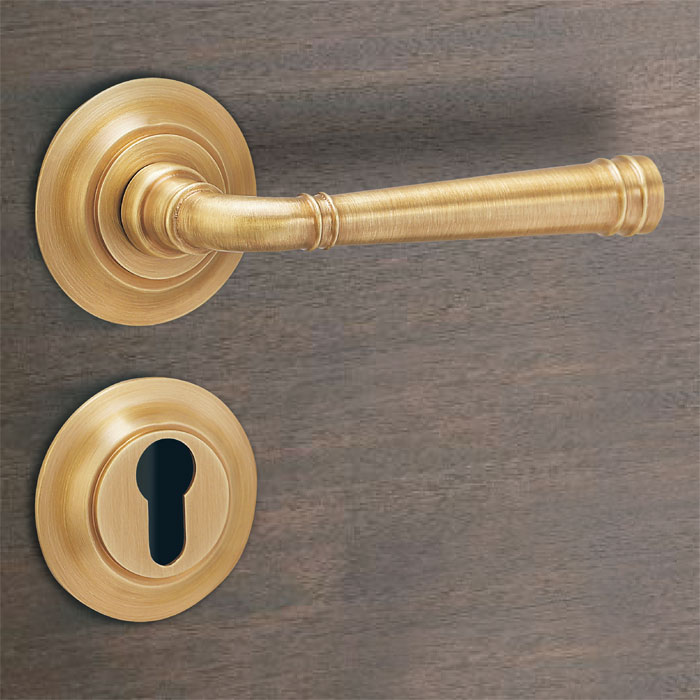The Evolution and Impact of Door Lever Handles:
Introduction:
The importance of even the smallest details in interior design cannot be ignored. Among these elements, the door handle stands out as the main element that seamlessly blends functionality and style. This article explores the evolution of the door, its diversity, and its impact on modern architecture and interior design, supported by practical and statistical data.
Evolution of Door Handles:
It has evolved from a simple tool into a unique development of design. According to architectural historian Witold Rybczynski, the door began as a simple device, usually made of wood or metal, used for the sole purpose of serving as a door (“House: A Brief History of an Idea,” 1986). However, advances in technology and design have led to the rise of ergonomic door handles, promoting both functionality and aesthetic harmony.
Design Versatility:
A study by the American Institute of Architects (AIA) shows growing interest in sliding doors due to their ease of use, especially for people without dexterity or mobility (“Home Design Trends Survey,” 2019). Additionally, door handles, available in a variety of finishes, materials, and designs, allow homeowners and designers to customize their appearance to fit different interior design themes. Furthermore, this customization enhances the overall aesthetic appeal of the space while ensuring practicality and accessibility.
Impact on Modern Architecture and Interior Design:
Door handles play a significant role in modern architecture and interior design, adding both functionality and aesthetics. Research from the International Journal of Design emphasizes that door hardware, including handles, is vital for creating a harmonious and accessible environment (“Inclusive Design: Door Hardware Case Study,” 2020). Moreover, a Houzz survey reveals that 78% of homeowners prioritize door hardware as the most crucial aspect of a home improvement project (2020 Houzz and Home Research, 2020).
Conclusion:
As a result, door handles represent the combination of functionality and style in interior design, with a rich history and a lasting impact on architectural aesthetics. Their ergonomic design, versatility and role in encouraging contributions underscore their importance in both domestic and commercial environments. As architectural trends continue, the door handle will continue to be one of the most important elements that enrich the design concept of a space and leave a lasting impression on residents and visitors.


